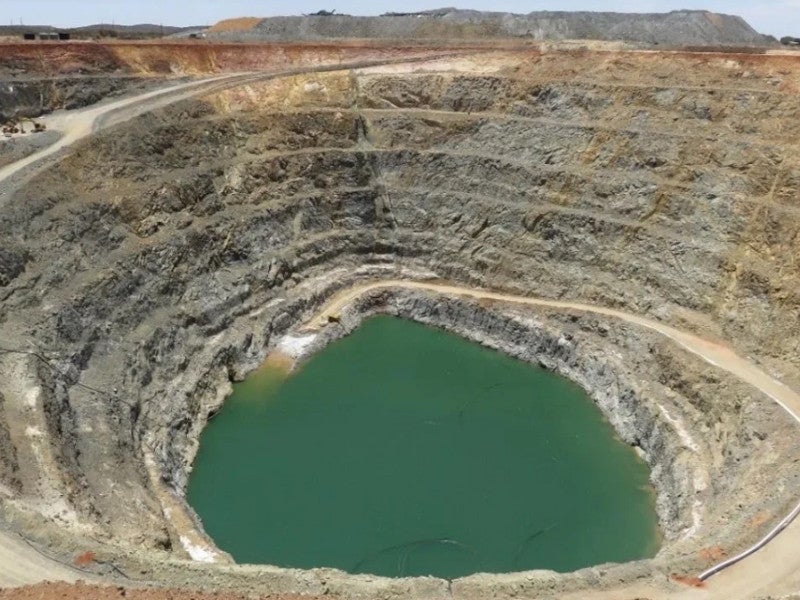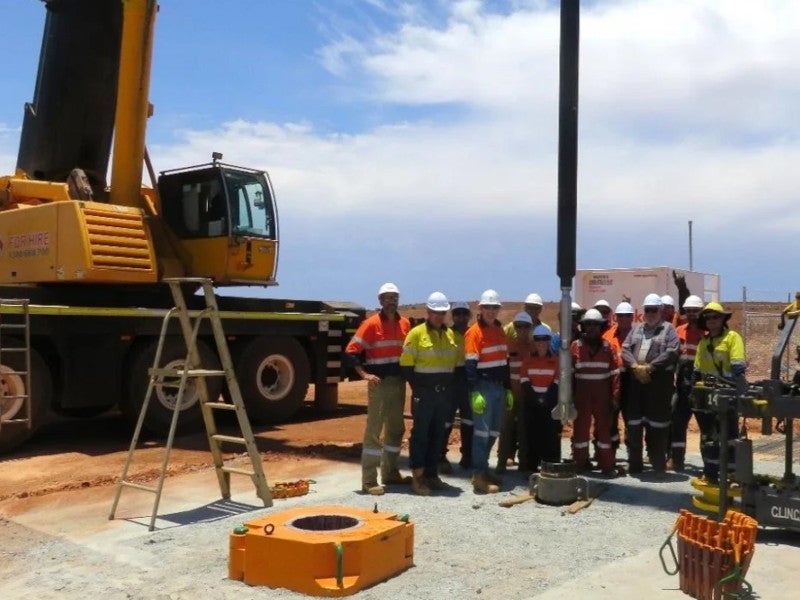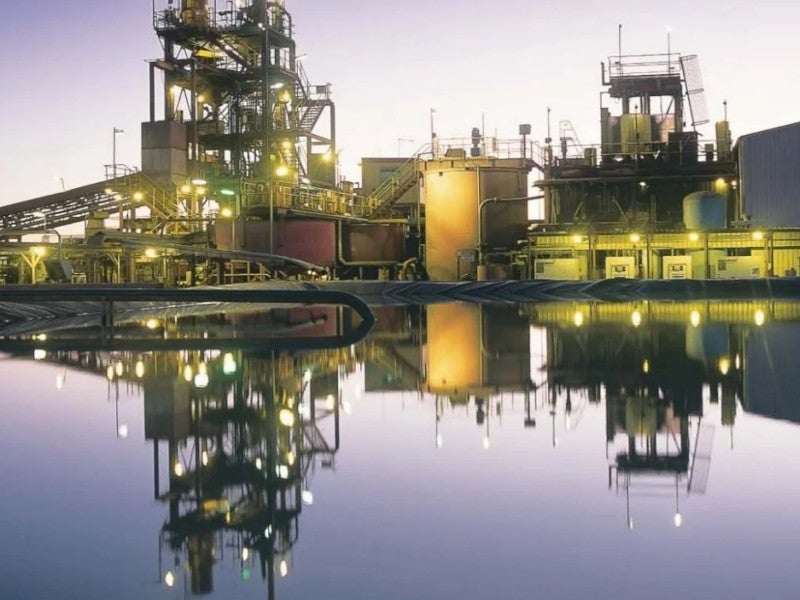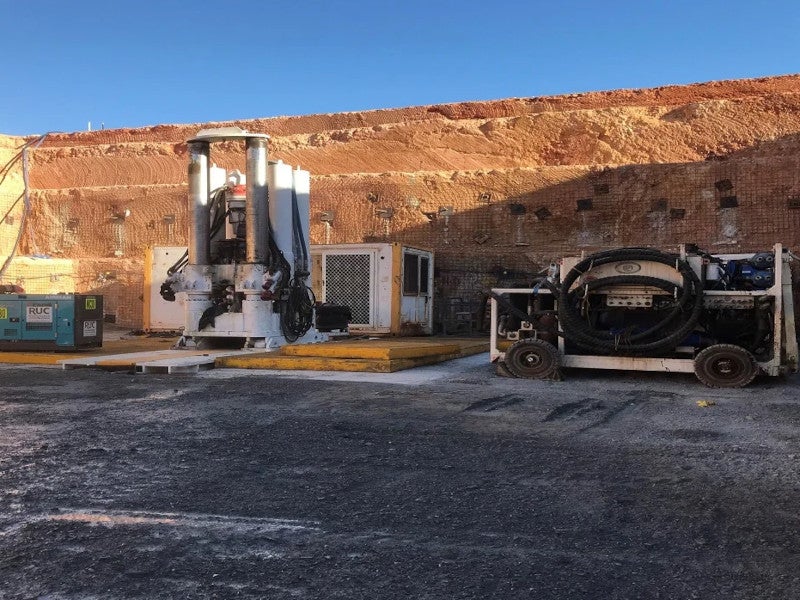The Odysseus nickel sulphide project is part of the Cosmos project located in Western Australia (WA).
Discovered in 2010, the mine is 100% owned by IGO. It was previously developed by Western Areas, which was acquired by IGO in 2022.
A definitive feasibility study (DFS) for the project was completed in October 2018, confirming a mine life of ten years with a total production of up to 130,000t of nickel concentrate.
The redevelopment project including the development of an underground mine at Odysseus commenced in January 2019 with an estimated investment of $338m.
IGO commenced a comprehensive review of the project in mid-2023 to assess the risks and opportunities to optimise the mine plan and schedule.
In January 2024, IGO announced that the outcomes of the review indicated a reduction in mine life and delays in bringing the mine to full capacity. Furthermore, the review showed an increase in operating costs while commodity prices deteriorated. IGO placed the project under care and maintenance, following the assessment.
A new study to assess the project’s future viability under various probable nickel price scenarios will commence in Q4 2024.
Odysseus mine location
The Odysseus project is situated on a granted mining lease in the Cosmos Nickel Complex, which is 30km away from Leinster, WA.
The Cosmos complex lies in the Leinster-Wiluna nickel camp, which comprises deposits such as Cliffs, Mt Keith, Perseverance, and Honeymoon Well.
Odysseus project reserves
The proven and probable reserves of Odysseus mine are estimated to be 8.1 million tonnes (mt) grading at 2.02% and Ni containing 164.5 kilotonnes (kt) as of June 2022.
Odysseus mine geology
The Odysseus deposits are situated 1,000m-1,100m below the ground. The Odysseus south orebody extends 360m in strike length with an average thickness of 62m while the Odysseus north orebody lies 100m north of the south orebody and at a depth of 1,000m-1,075m below the surface.
Both the orebodies occur in the same mineralised trend similar to that of the mine’s Alec Mairs 5 (AM5) and AM6 deposits. The entire mine’s mineralogical properties are identical to that of AM5.
The Odysseus Massive deposit comprises stringer to large sulphide veins located just below the Odysseus north. It includes several distinct lenses with the largest being 100m in strike length.
Mining at Odysseus
The primary mining method at the project employs single-lift long-hole open stoping. The paste fill is accessed through transverse ore drives on a cross-cut spacing of 50m.
Mining of the north and south orebodies is carried out in a top-down, centre-out sequence. The top-down approach along with quicker ramp access allows early access to the ore.
A new single ramp decline beginning from the AM5/6 decline development provides access to Odysseus.
The project employs the latest technology to further improve safety and operational efficiency while reducing costs. A fibre-optic network is incorporated to provide a Wi-Fi connection for controlling semi-autonomous and fully autonomous loaders, production drills and related equipment.
A mine control room is set up to monitor and control pumping, paste filling, refrigeration, ventilation, and mobile fleet activity. It also supervises the location of personnel and equipment, as well as sends real-time feedback to the ventilation on demand (VOD) system. The data is used to optimise the power supply and ensure the circulation of chilled air in the appropriate areas. Additionally, the mine control room monitors and remotely controls the shaft systems and related materials handling systems.
Processing details
The existing Cosmos processing plant was revamped to increase the mill throughput from 450ktpa to 900ktpa to enable the processing of ore from the Odysseus deposits. The plant is expected to reach a capacity of 1mtpa with further debottlenecking.
The plant expansion involves the installation of a secondary crusher and new conveyors. The existing grinding mills were reconfigured and flotation capacity was also increased.
The Cosmos plant’s design involves a conventional sulphide processing route utilising a traditional grinding and flotation technology for producing concentrate.
The mined ore is fed through a conveyor from the production shaft head frame to the surface stockpile. The ore is then transported to the run-of-mine (ROM) bin via a front-end loader and fed to the mill.
The nickel concentrate is either trucked to the local smelter or exported via the Port of Geraldton in WA.
Odysseus project infrastructure
Existing infrastructure at the site includes site buildings and offices, a 520-room accommodation village, access roads, airstrip, power lines, communications and water supply infrastructure.
The Cosmos early works programme includes the partial refurbishment of the accommodation village, safety infrastructure upgrades, refurbishment of existing water management ponds and waste dump dam, along with the design and construction of new water management ponds. A dewatering piping network supply was installed and a temporary diesel power station was also set up.
Construction of the twin declines started in September 2020. Development of the mid-shaft access decline was completed. Completed works include pilot hole drilling for two new vent rises. The mine development also has the provision for a refrigeration plant.
A concrete batch plant facility was commissioned in the first half of 2020 to provide concrete for civil works at the project site.
The site is expected to receive power from a third-party power supplier and fuel from Western Areas. A new 13km lateral gas spur line is expected to be constructed adjacent to the existing lateral spur line, which links the Cosmos power plant and the Goldfields gas pipeline (GGP).
Contractors involved
GR Engineering Services won a contract to provide the design and engineering works for the expansion of the plant.
Barminco was awarded an A$200m ($145.6m) development and production contract in September 2020. It previously completed rehabilitation works at the mine.
Piran Mining was contracted for mine planning and optimisation. SRK Consulting is the provider of geological model services.
KCSA Geomechanics and Golders are responsible for geotechnical engineering services while Itasca Australia won a contract to conduct geotechnical modelling and geotechnical peer review.
The Odysseus project team also includes Dempers & Seymour (mining rock mass modelling), RSV (shaft engineering and design), and Outotec (paste fill engineering, plant design and testing works).
OZ Vent is responsible for ventilation works and ALS Metallurgical Services is conducting metallurgical test work.
IGO awarded the Cosmos electrification study to Perenti and ABB in June 2023. The joint team was responsible for conducting a study for the full underground electrification of the mine using Perenti’s expertise and ABB’s eMine™ framework for electrification and automation.







